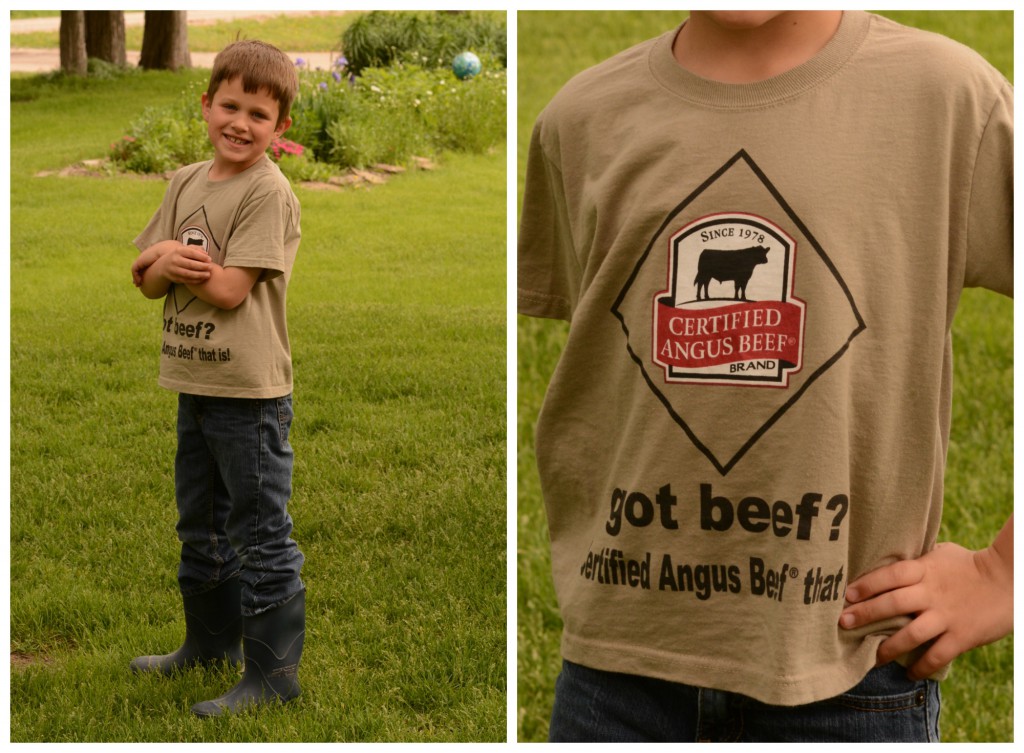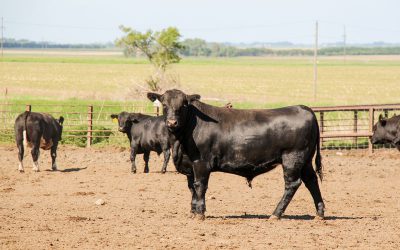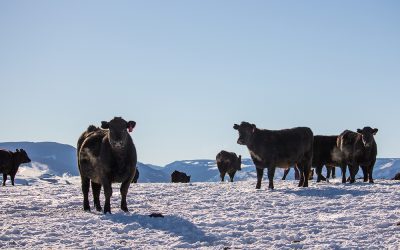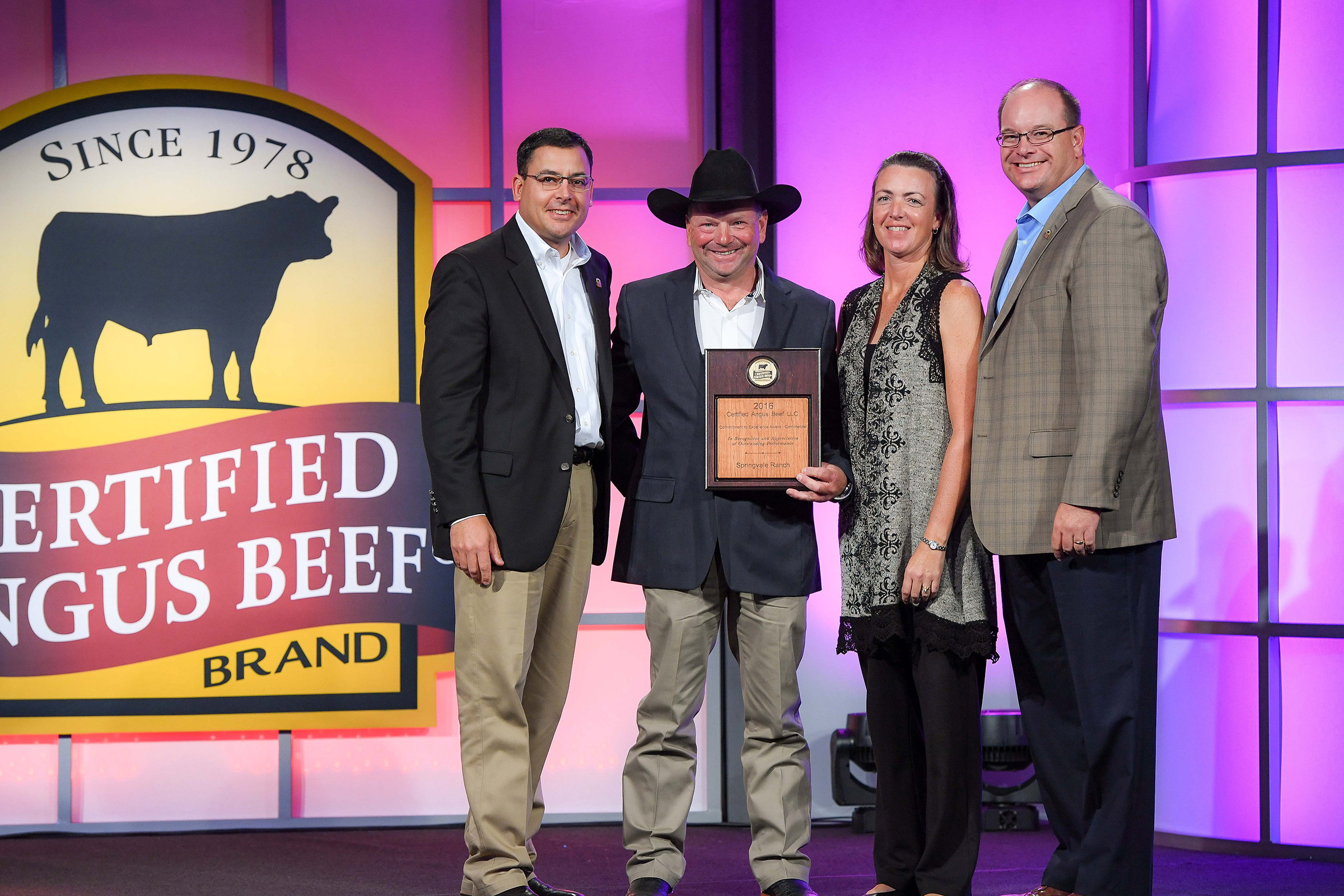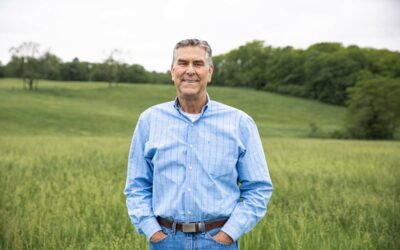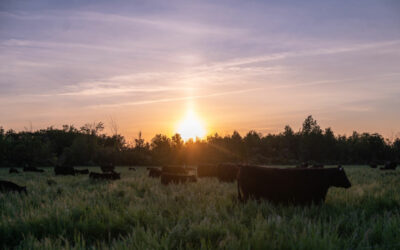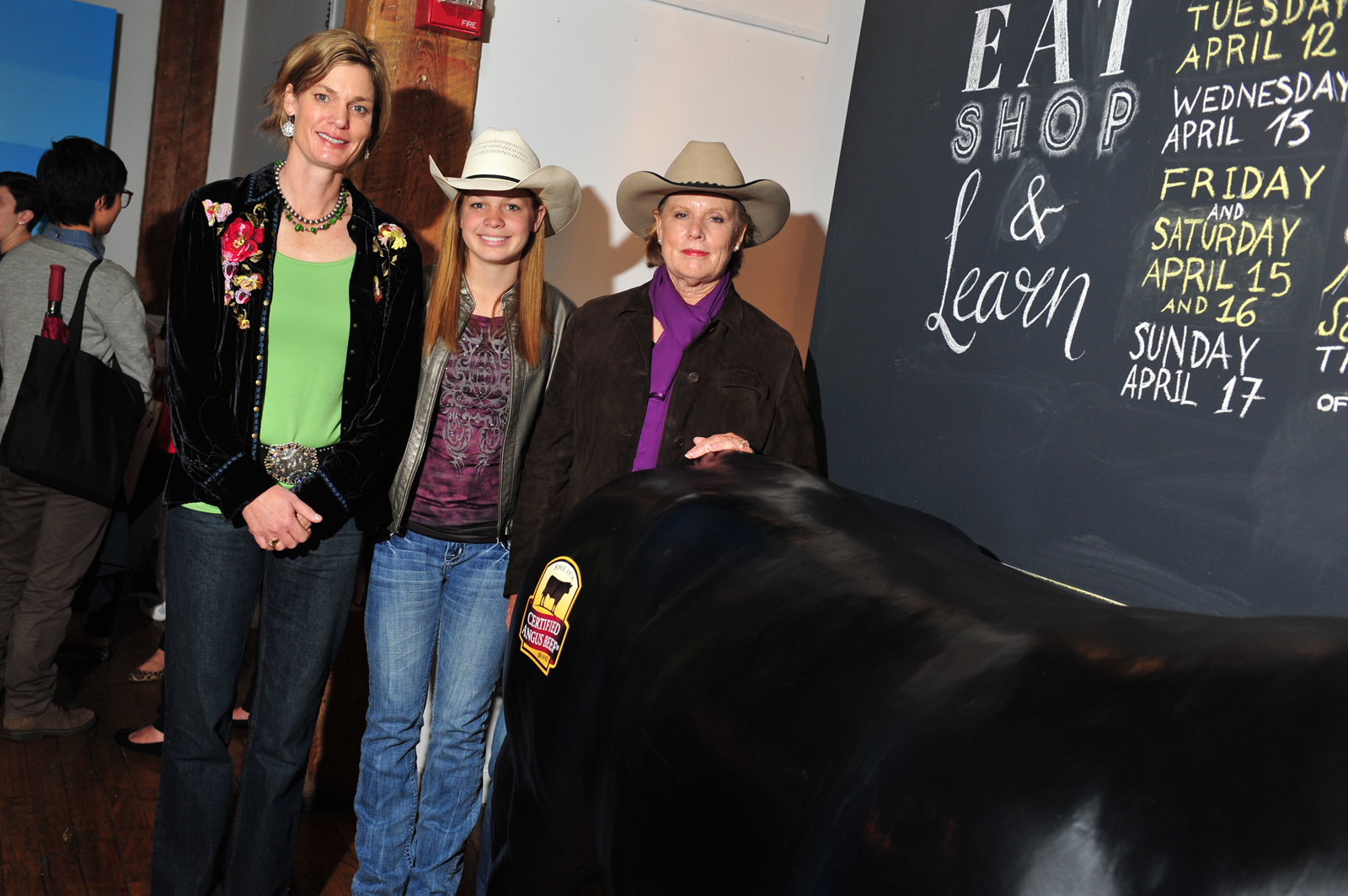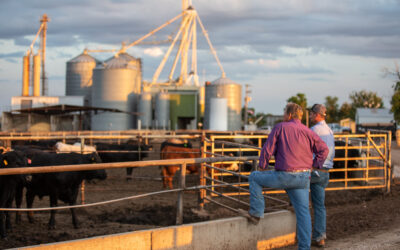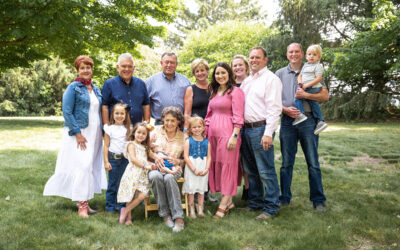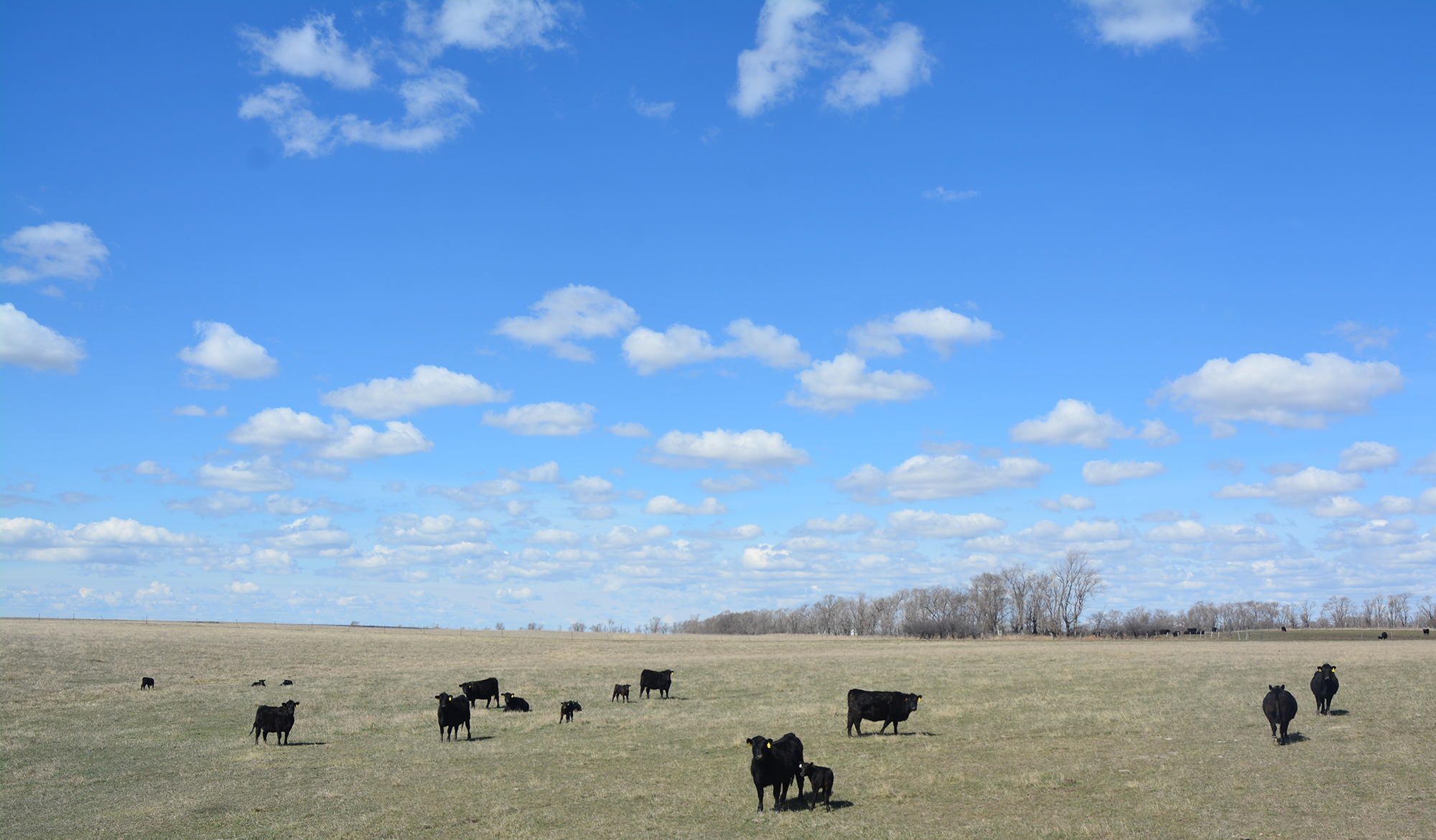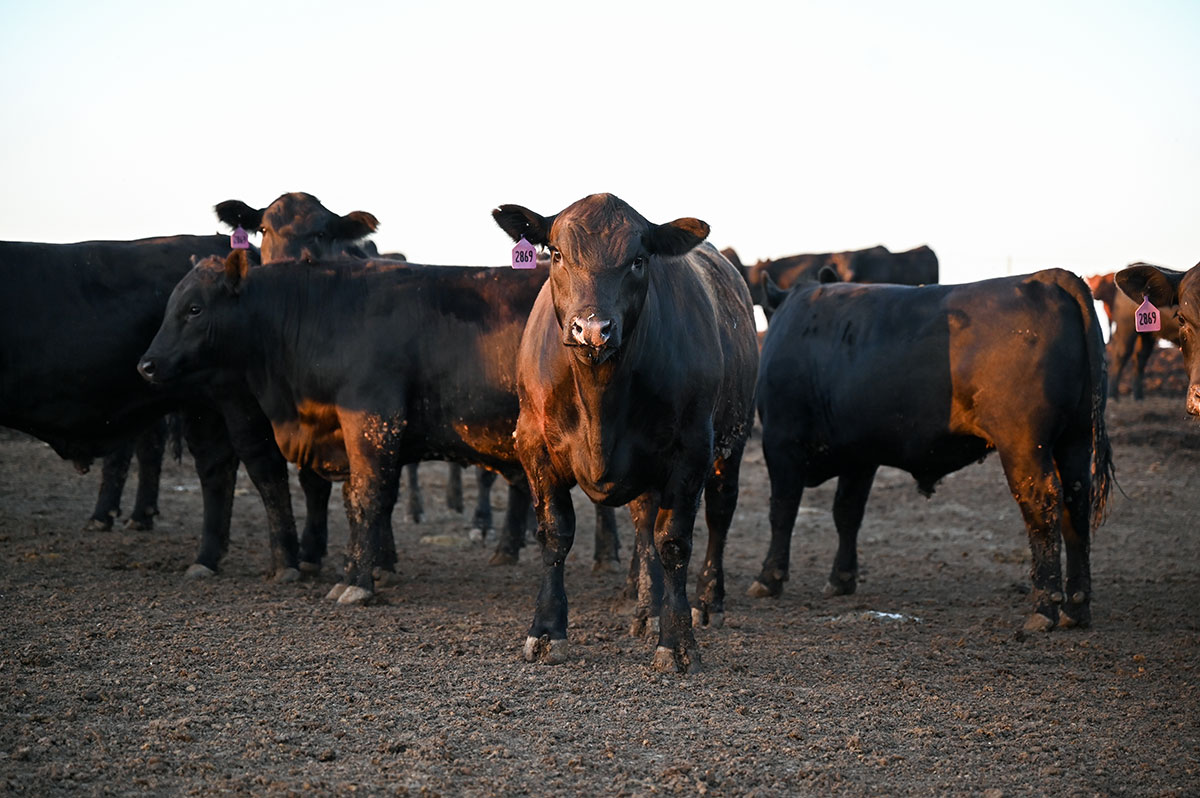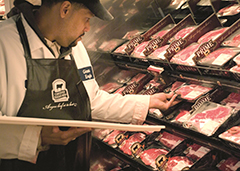
Here’s the premium
Best or worst of times, Angus cattle hold their value
by Miranda Reiman
While the cattle market fell from record highs in 2014 in a steep dive to last fall’s low, the relative demand for quality and premium bids for Angus calves fared better.
“It pays to use Angus genetics in any market,” said Steve Suther, Certified Angus Beef LLC (CAB) director of industry information.
That’s what the 2016 “Here’s the Premium” (HTP) calf price tracking study found in the latest edition of a project started in 1999. Data has been analyzed by Iowa State University livestock economist Lee Schulz since the 2014 study.
“The difference in calf prices between those two years is very wide,” he said, “but the rate of decrease in the Angus premium has been less than the overall feeder cattle price decrease.”
Feeder cattle futures lost nearly half of their value in that time, with a 48.3% drop, Schulz said. The lighter, 5-weight calves targeted in HTP surveys fell more sharply, by nearly 56%. Angus steers held onto more value with a setback of just 32.2% in their premium over non-Angus steers in the same two years (see Figure 1).
Auction prices for Angus heifers did not hold up as well as bids for their brothers. They still sold at a premium to non-Angus heifers, but that premium was 45.7% less than in 2014, easing off nearly as much as the decline in feeder cattle futures.
“Last fall’s Angus heifer premium was in the face of some very bearish prices for all heifers, as fewer producers were interested in buying replacements for breeding,” Suther said. “Also, this comes just two years after the highest Angus heifer premium ever recorded here, driven by rapid herd expansion.”
Price projections for calves are part of the math used to calculate a maximum bid price when buying replacement heifers, Schulz noted. These are lower now than they were in the fall of 2015 and definitely the fall of 2014, and market psychology amid great uncertainty last fall likely affected bidders’ projections for prices down the road.
“In 2014, I heard talk — and not just a little of it — of feedlots breeding heifers and selling them as replacements.,” the economist said. “Heifers at that time made up the smallest percentage of total cattle on feed we’ve seen in the history of the data going back to 1996.”
In a market with such a demand for heifers, what a buyer is compelled to pay to meet goals is sometimes more than they are “willing to pay,” Schulz added. All of that contributed to the high heifer price and record Angus premium two years ago.

Logically, the genetics and productive potential of those heifers improved by last fall, but fed cattle hit a low mark in October and bearish sentiments ruled. Bidders lowered their expectations to worst-case scenarios and Angus premiums returned to earlier trend lines.
Angus heifers in the 2016 data brought a $3.75 per hundredweight (cwt.) premium over non-Angus. Although that does not compare well with the record $6.89, Suther noted, it is only a couple of pennies less than the average Angus heifer premium for the 2008, 2010 and 2012 studies.
Eleven auction markets across the country, from California to Kentucky and New Mexico to North Dakota, submitted data as part of the survey last fall that compared auction prices for more than 16,000 calves of known Angus vs. non-Angus genetics.
Angus steers and heifers averaging 568 and 557 pounds, respectively, brought a combined average of $4.24/cwt. premium over their non-Angus contemporaries with similar weights and condition, compared to nearly $7/cwt. in the historically high cattle market. The analysis model adjusts for variance and range of weights to identify Angus premiums independent of weight.
In all, 330,530 cattle in 15,346 lots have been a part of this ongoing project in 22 surveys since its inception in 1999, running both spring and fall for the first eight years with 700-lb. cattle reported in the spring. The premium since 2008 and every other fall has averaged $5.98/cwt. for Angus steer calves and $4.24/cwt. for Angus heifers.
Over the years, participating auction markets were asked to submit sale data on cattle known to be Angus vs. non-Angus spanning four different sale dates. Other items noted included whether cattle were weaned, vaccinated or preconditioned.
Most of the markets from the original study in 1999 are still providing data for the ongoing HTP project, which has involved 15 reporting partners in all. Over the tenure of the study, California and Wyoming markets have consistently had the highest Angus premiums and Missouri was among the top three states for Angus premiums last fall.
Some auction market managers commented that each year of this study becomes more difficult for them to find non-Angus type cattle for which to report pricing data. That comes as no surprise, as the percentage of Angus cattle in the U.S. beef herd continues to rise. Some markets have stopped participating because of this lack of non-Angus comparisons, but the 2016 survey of 11 markets was the largest number of locations in a single survey year.
You may also like
Growing Marketability
Advertised as the “Best Angus Beef” and “If it’s not Certified, it’s not the Best,” Certified Angus Beef’s reputation claims elite category status. To remain in that position, the brand must continue to deliver on that promise as customer expectations of quality evolve.
A Drop of Hope, A Heap of Hard Work
For Manny and Corina Encinias’ family of nine, sustainability runs deep. They are stewards of a legacy, working the land dating back to 1777, when the first generation began herding sheep in the nearby Moriarty community. Today they focus on cows well suited to the harsh New Mexico desert, fostering community strength and creating opportunities for others to follow in their footsteps.
Going Above and Beyond
It’s a normal day near Hudson, Colorado for the Walter family, yet the view is uniquely awe-inspiring for visitors who have never stepped foot on a ranch. As cows come in closer visitors take in the far-reaching pastures and breath-taking mountain views. For the Walter Family, there’s no better backdrop to introduce people to the place where beef begins.

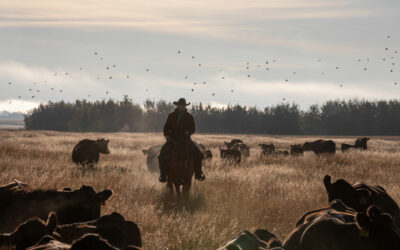
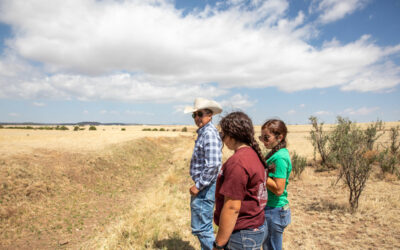
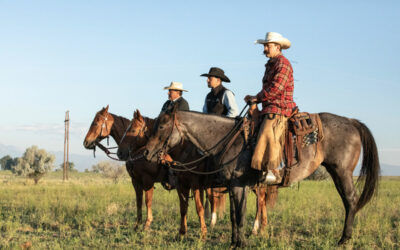




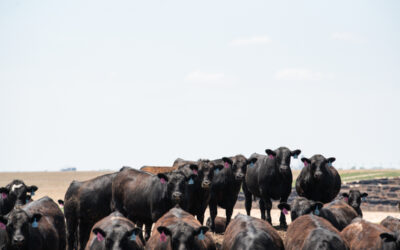

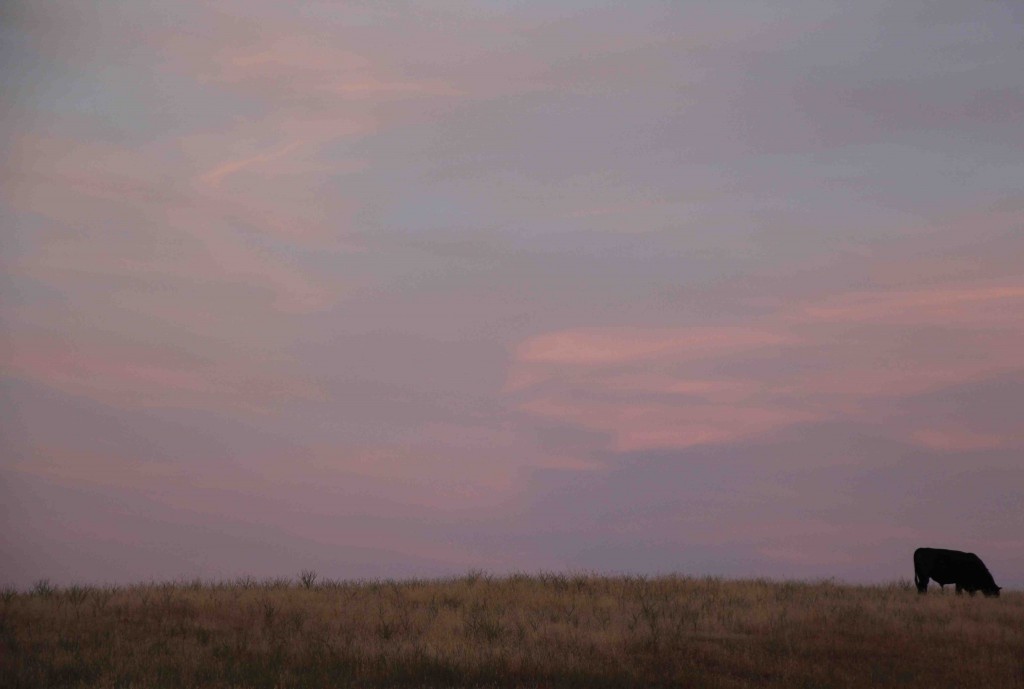 In
In  But then supply strengthened and live cattle prices dropped. The market shifted in favor of retailers who, after six years of selling beef in spite of declining sales, found reprieve and, with it, explosive growth. Still you enhanced management and improved genetics for the years ahead.
But then supply strengthened and live cattle prices dropped. The market shifted in favor of retailers who, after six years of selling beef in spite of declining sales, found reprieve and, with it, explosive growth. Still you enhanced management and improved genetics for the years ahead.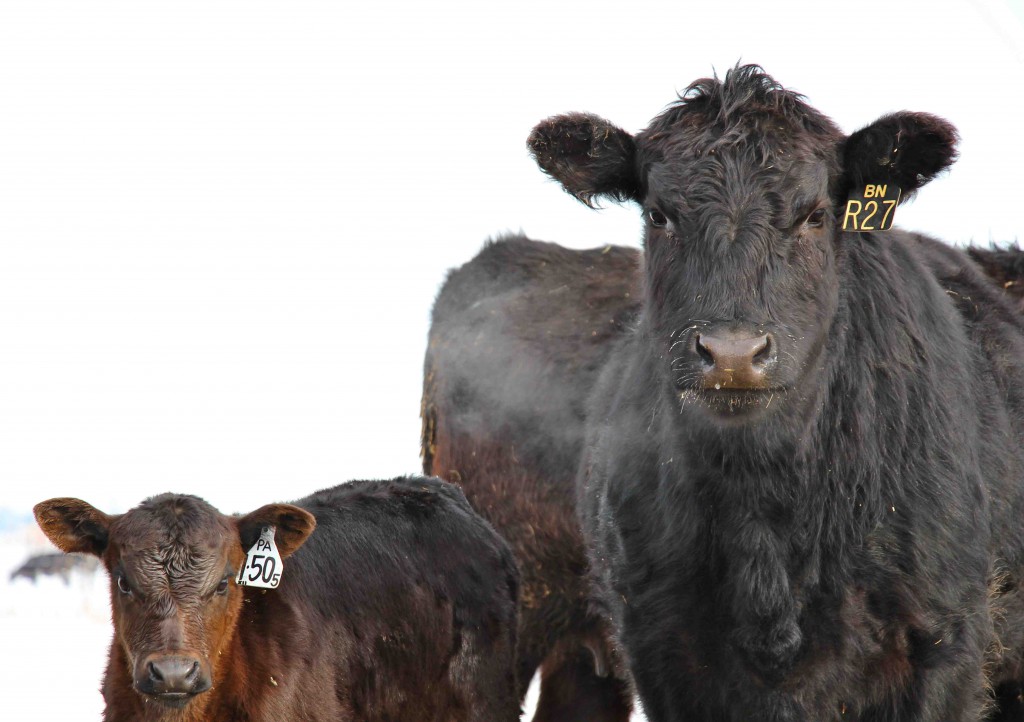 Remember that
Remember that 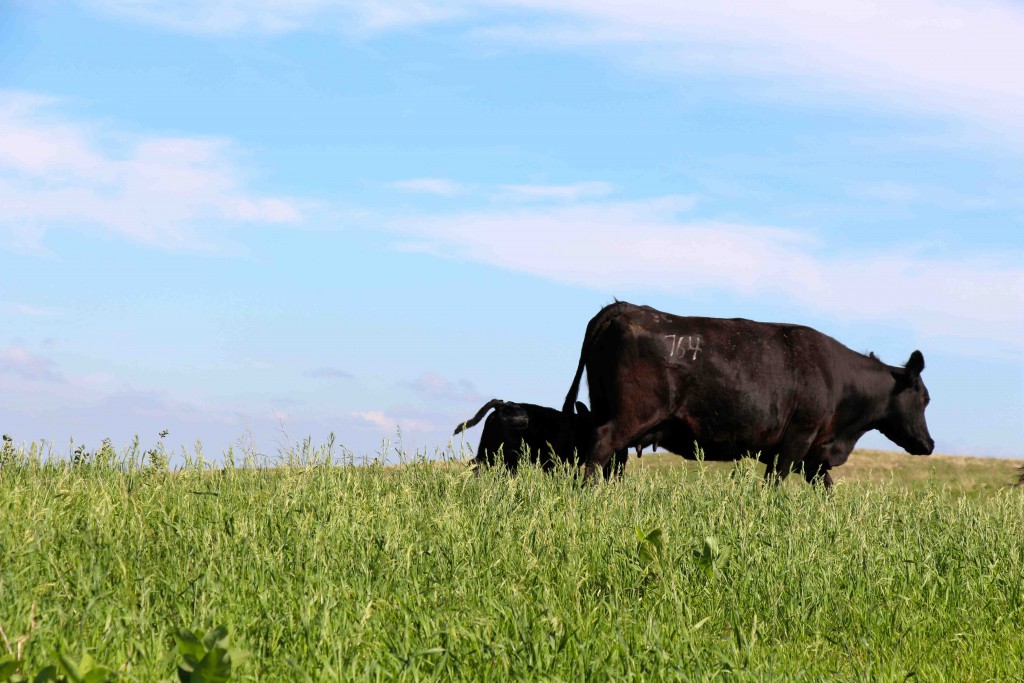 So all that’s to say there’s something to keeping the course, dreaming for what’s ahead no matter the present – fitting of the brand’s model to create pull-through demand for a product that allows everyone to benefit over the long haul.
So all that’s to say there’s something to keeping the course, dreaming for what’s ahead no matter the present – fitting of the brand’s model to create pull-through demand for a product that allows everyone to benefit over the long haul.